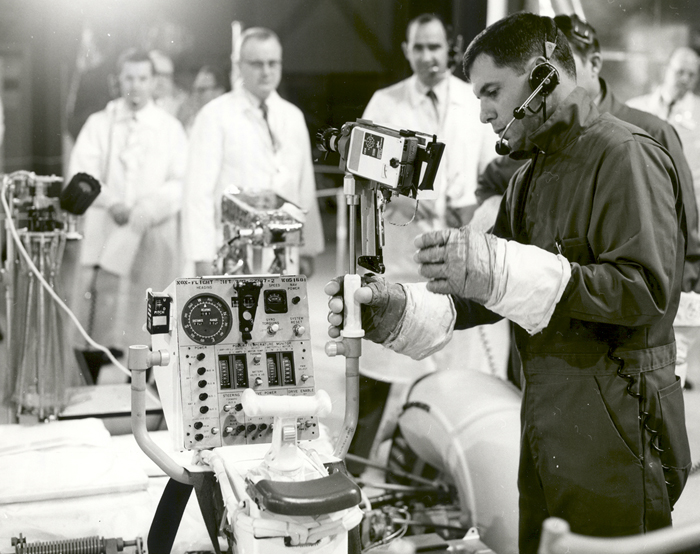Space History Photo: Lunar Roving Vehicle (LRV) Qualification Unit

In this historical photo from the U.S. space agency, the lunar roving vehicle (LRV) qualification unit, built for the NASA-Marshall Space Flight Center by Boeing, is inspected after assembly at Boeings Kent Space Center near Seattle, WA, in January of 1971.
Built exactly like the three flight LRVs that transported astronauts during Apollo lunar missions 15, 16 and 17, the unit underwent extensive qualification tests to prove that the LRV would meet NASAs exhaustive specifications. The unit was to be used as a trouble-shooting tool for any possible problems encountered by astronauts while on the moon.
Each weekday, SPACE.com looks back at the history of spaceflight through photos (archive).
Get the Space.com Newsletter
Breaking space news, the latest updates on rocket launches, skywatching events and more!
Join our Space Forums to keep talking space on the latest missions, night sky and more! And if you have a news tip, correction or comment, let us know at: community@space.com.

The National Aeronautics and Space Administration (NASA) is the U.S. government agency in charge of the civilian space program as well as aeronautics and aerospace research. Founded in 1958, NASA is a civilian space agency aimed at exploring the universe with space telescopes, satellites, robotic spacecraft, astronauts and more. The space agency has 10 major centers based across the U.S. and launches robotic and crewed missions from the Kennedy Space Center in Cape Canaveral Florida. It's astronaut corps is based at the Johnson Space Center in Houston. To follow NASA's latest mission, follow the space agency on Twitter or any other social channel, of visit: nasa.gov.









